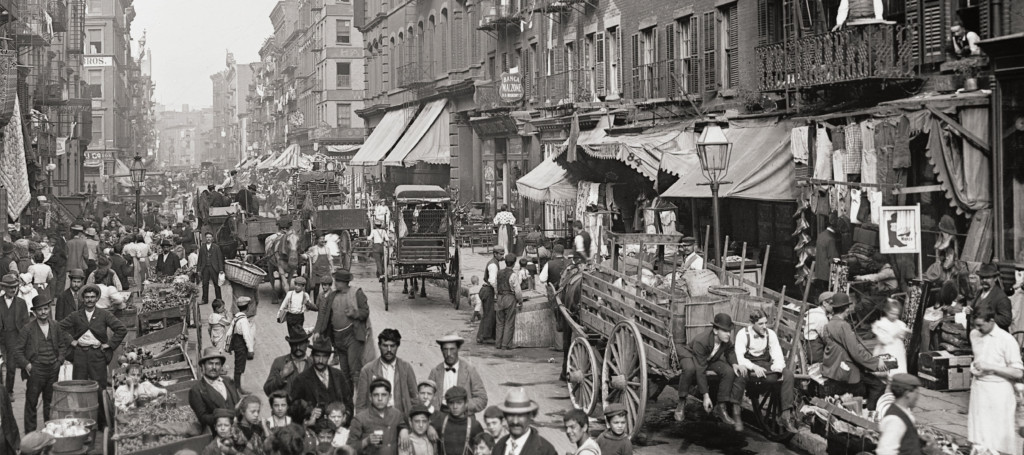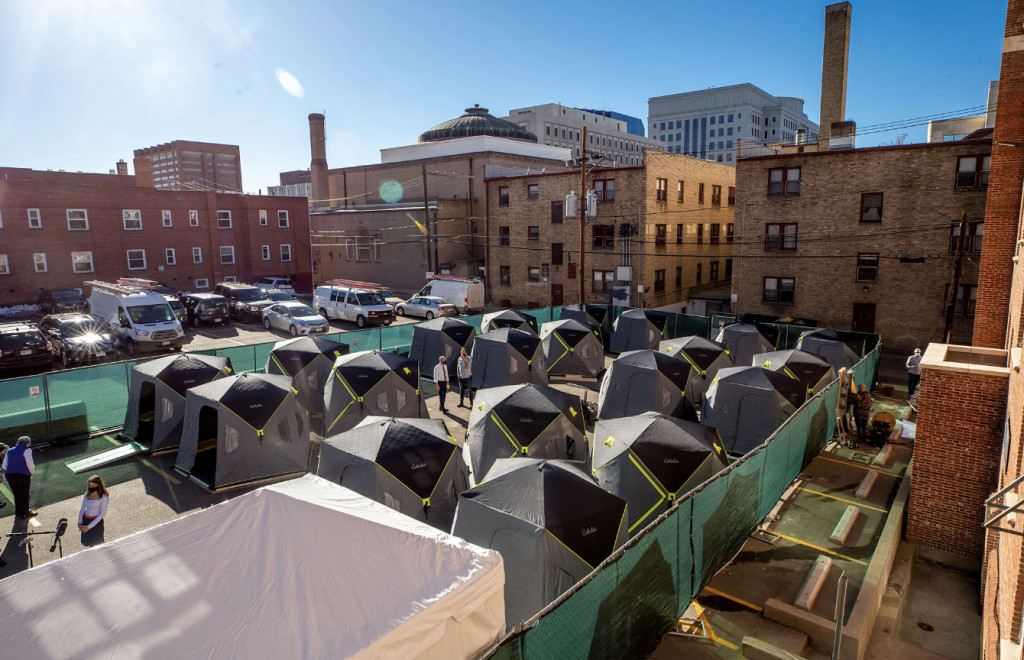Crossing the Great Chasm From Ward of the State to Productive Citizen
In response to a reader’s comment: on Reddit:
I’ve actually been doing an assignment surrounding homelessness and a part of me wishes I’ve chosen another social issue. The more I learn the more I get depressed. I have no idea what the solutions are, and it appears to me as if there may be none to speak of.
Response:
It’s easy to get depressed in examining homelessness because almost all homeless people are depressed; they feel stuck and unhappy. Also, many of those who administer to the homeless are burnt out. But I believe there are viable solutions, which can be divided into three parts.
First, there should be access to affordable housing that is not government owned and operated or awarded by grants but is market-driven. Government housing is fraught with corruption and misappropriation of funding. Free-market-driven housing would be entirely possible if our politicians would relax zoning restrictions to allow for new innovative housing types designed to serve lower-income residents.
Why was there so much affordable housing at the turn of the century and so little of it today?

Tenement housing existed in most major metropolitan areas at the turn of the 20th century. These apartments allowed low-wage workers to occupy and rent tiny apartments with bathroom and kitchen facilities shared among occupants on a floor. Many new immigrants who landed in New York from places such as Ireland, Greece, and Armenia lived in these apartments until they were able to save enough money to later improve their living conditions by buying their own homes. Tenements were outlawed because they were seen as a cause of blight and many had poor sanitary conditions and lacked proper ventilation. In 1900 fully one-third of all housing in New York was tenement, this accommodated the massive population boom that was occurring there at that time. In Salt Lake City Plum Alley provided tenement housing to Chinese immigrants. Removing tenement housing entirely was throwing the baby out with the bathwater.
But by removing this housing type, we are essentially removing a rung from the socio-economic ladder. Currently, low-end housing such as, even if modernized wouldn’t comply with zoning standards. The same goes for tiny homes and most attempts at building new manufactured home communities.

Second, cities should allow for a sanctioned campground where the homeless can have security to leave their belongings so they can go to work. These facilities would be safe, and clean and offer showers and Porta-Potties or restrooms and dumpsters to maintain sanitation.
Currently, many homeless tell me that they cannot work because of their fear that if they leave their belongings for an entire day, very likely everything they have will be stolen. When many unsheltered homeless are illegally camping because the resource centers are full, this is a valid concern.
A sanctioned campground for every major city along the Wasatch Front would be far less expensive than the hundreds of thousands if not millions being spent on the clean-up efforts by our Salt Lake County Health Department and Salt Lake City’s inhumane abatement policies after the homeless who are camping in our public parks, sidewalks and along the Jordan river.
Rewarding the Working
Third, the entire system should be designed so that anybody who can work, is working and being rewarded for their work with incremental improvements to their housing and independence, and financial situation. While this might appear to be common sense, currently, the system that operates now functions to reward those who choose not to work with the most generous subsidized housing.
Those who do not work for long periods and remain on the streets are categorized as “chronically homeless”. Placed in this category, these people are able to qualify for the most generous form of housing assistance: Long-Term Supportive Housing aka Housing First. By rewarding “chronic homelessness”, the system is incentivizing long-term homelessness.
By incentivizing homelessness, the system finds an endless supply of chronically homeless, who even move from neighboring cities and states to come to Salt Lake City to “wait for housing”. They freely admit this, as Savannah, from Fort Duchesne, told me last winter. And who could blame her? She says she wants a better life for her family. Wouldn’t it be better to have free housing and a job you like than expensive housing you can barely afford only by keeping a job that you hate?
Rewarding those who choose not to work is in effect also punishing those who attempt to make the leap to independence. This system is akin to an action hero who attempts to jump over an ever-growing chasm along a faultline during an earthquake.

Let’s say Dwayne Johnson from the movie San Andreas, is on one side of the faultline, and his daughter is on the other side. Becoming a productive citizen again after becoming homeless, is like jumping over this chasm. The chasm seems to grow wider and scarier as time passes. While this chasm widens, the government is saying, “don’t jump. Stay here. You lose your independence, but you can enjoy free food, and stay warm outside with our free blankets, tents, and provisions. While those who choose to make the jump risk losing their subsidized housing and benefits if they earn too much or become independent.
So is it any surprise that today we have more homeless and unsheltered individuals? Far more than ever before, are choosing to remain safe on the government side, rather than becoming independent. It’s a long, difficult, and scary leap, and the government discourages rather than encourages the leap. And the government makes this jump even wider and more difficult by not allowing free-market affordable housing. As free-market housing, groceries, and utilities all become more expensive due to inflation (due to excessive government spending and printing of money), it all becomes scarier, which keeps more people stuck getting their “free benefits” from the government. Back to the failed incentive system.
The fundamental question is: Why not reward the homeless who choose to go to work instead of essentially rewarding the chronic homeless with free housing?
Most administrators in the homeless arena very likely have nothing but the best of intentions. But in attempting to answer the question as to why the working homeless are punished and the street-living homeless are rewarded, I have come to believe the system is in fact rigged. The system is designed to produce a dependent class of individuals who are reliant upon the government in order to function. This is because those in the government who operate the system also don’t want to lose their benefits by achieving success.
Look at it this way: Bureaucracy feeds on tax-payer money. When did we ever hear about a government agency that went out of business? They don’t, they only become bigger and more intrusive. It’s human nature to want to see budgets and operations grow. Most bureaucrats who manage to get to the top want to operate using big budgets and have significant operations, not shrinking operations, and face budget cuts.
If administrators were solving homelessness, they could potentially lose their budgets, their staff, and their jobs. Nobody is going to solve a problem when the result could be getting fired. For this reason, the top administrators of homeless services should be administrated by Christian religious communities, not the government. The Catholic Diocese in downtown Salt Lake City does a much better job per dollar spent, administering aid to the homeless than any shelter, resource center, or rehab center. And these contracts could be awarded to faith-based centers based on the number of homeless people they put back into productive roles. Why not? I’d love to hear your comments: Richard@UtahStories.com
Watch our recent podcast on Advantage Services CEO Rob Ferris who is putting homeless people back to work
RELATED CONTENT:
Homeless Victimized By Criminals at Gail Miller Shelter
Are Salt Lake Homeless Resource Centers a Failure for the Neighborhoods that Welcomed Them?
Why More Homeless Spending Is Resulting in More Homeless People
The $300 Million Utah Homeless Question
SUPPORT LOCAL JOURNALISM AND SUBSCRIBE TO PRINT MAGAZINE
Subscribe to Utah Stories weekly newsletter and get our stories directly to your inbox






